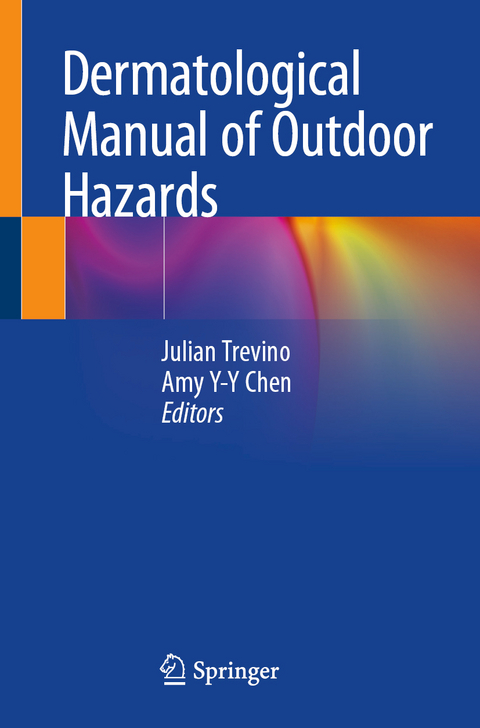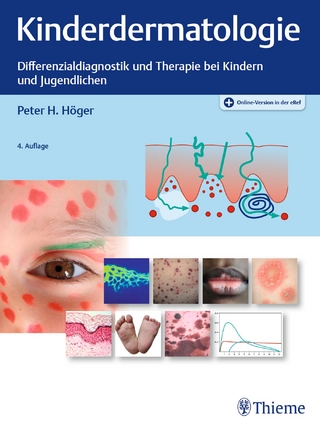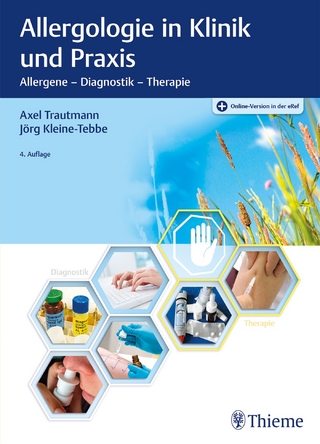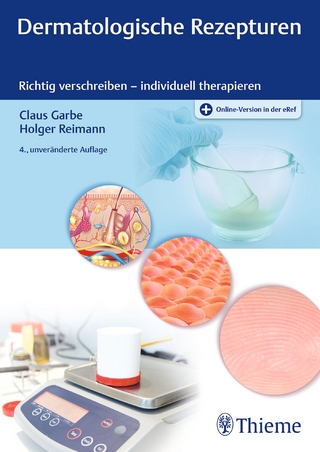
Dermatological Manual of Outdoor Hazards
Springer International Publishing (Verlag)
978-3-030-37781-6 (ISBN)
This book comprehensively covers the knowledge and skills that physicians, medical students and mid-level providers (physician assistants and nurse practitioners) need in order to care for patients with plant or arthropod exposures. It presents the epidemiology, pathogenesis and clinical manifestations of selected exposures, before discussing prevention strategies and management options for adverse cutaneous reactions and selected systemic manifestations. Lastly, it reviews emerging viruses carried by arthropods and related human diseases, such as the Zika virus.
Dermatological Manual of Outdoor Hazards covers a broad range of arthropod and plant exposures, with a specific focus on dermatological manifestations, making it a valuable resource for all trainees and practicing dermatologists, primary care physicians and emergency physicians who treat these patients.
Dr. Julian Trevino obtained his bachelor's degree from Trinity University (Texas) and his medical degree from Wright State University School of Medicine. He is Professor and Chair of the Department of Dermatology, Boonshoft School of Medicine, Wright State University, Dayton, OH, USA. He is also the Program Director for the Wright State University Dermatology Residency Program and Chief of the Dermatology Section, Dayton Veteran Affairs Medical Center. He is certified by the American Board of Dermatology in both General Dermatology and Pediatric Dermatology. In addition, he is an active member of various dermatologic organizations, including the American Academy of Dermatology, the Association of Professors of Dermatology, the Society for Pediatric Dermatology, the American Dermatological Association and the Ohio Dermatological Association. His clinical interests include immunobullous disorders and skin conditions resulting from plant and arthropod exposures.
Section 1: Introduction.- General introduction, including cutaneous clinical reaction, factors influencing reactions to plant and arthropods exposures.- Morphology and diagnostic techniques.- Section 2: Plants.- Plant-induced urticaria.- Irritant dermatitis (chemical, mechanical) due to plants.- Phytophotodermatitis.- Allergic contact dermatitis due to plants.- Section 3: Arthropods.- Arachnida class: spiders (may not talk about scorpions).- Arachnida class: ticks.- Arachnida class: mites.- Insecta class: beetles, bees, wasp, ants.- Insecta class: caterpillars, butterflies, moths.- Insecta class: flies and mosquitos.- Diplopoda class (millipede).- Chilopoda class (centipede).- Insect repellents and adjunctive measures to prevent arthropod exposures. Section 4: Environmental hazards.- Temperature.- Sun.
| Erscheinungsdatum | 03.03.2020 |
|---|---|
| Zusatzinfo | X, 213 p. 94 illus., 92 illus. in color. |
| Verlagsort | Cham |
| Sprache | englisch |
| Maße | 155 x 235 mm |
| Gewicht | 472 g |
| Themenwelt | Medizin / Pharmazie ► Medizinische Fachgebiete ► Dermatologie |
| Schlagworte | bites • Flowers • Insect repellents • Insects • Phytophotodermatitis • plants • poisons • stings • urticaria |
| ISBN-10 | 3-030-37781-4 / 3030377814 |
| ISBN-13 | 978-3-030-37781-6 / 9783030377816 |
| Zustand | Neuware |
| Haben Sie eine Frage zum Produkt? |
aus dem Bereich


